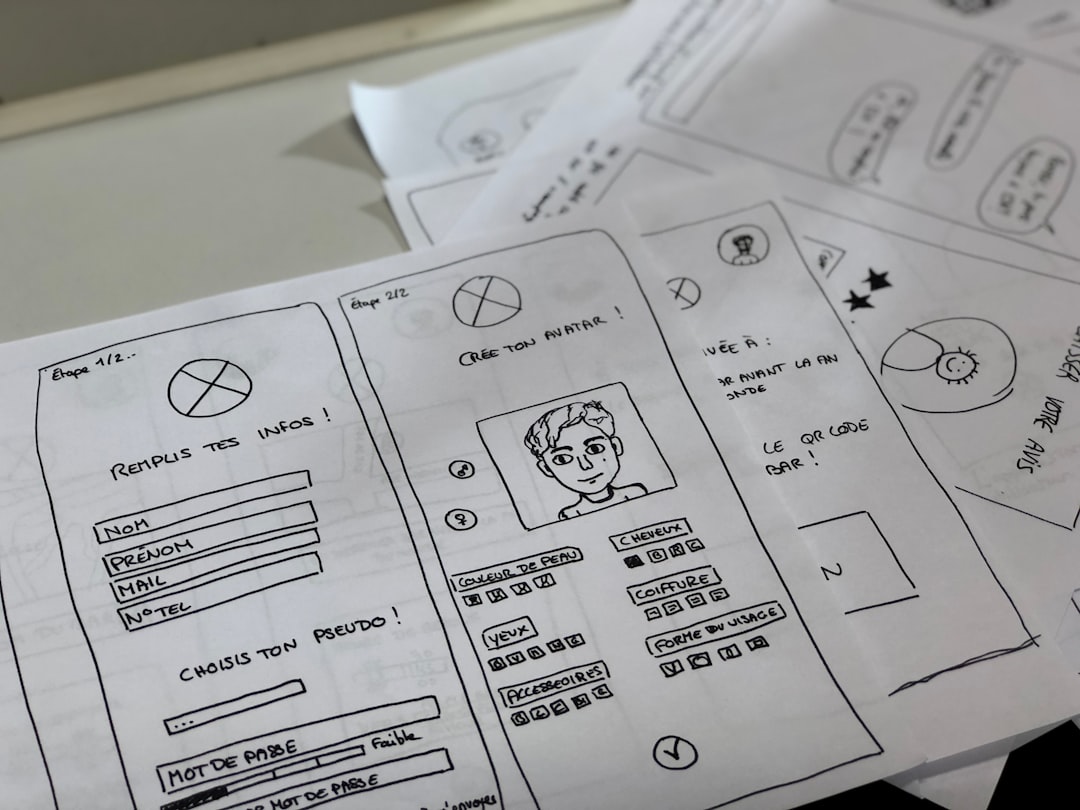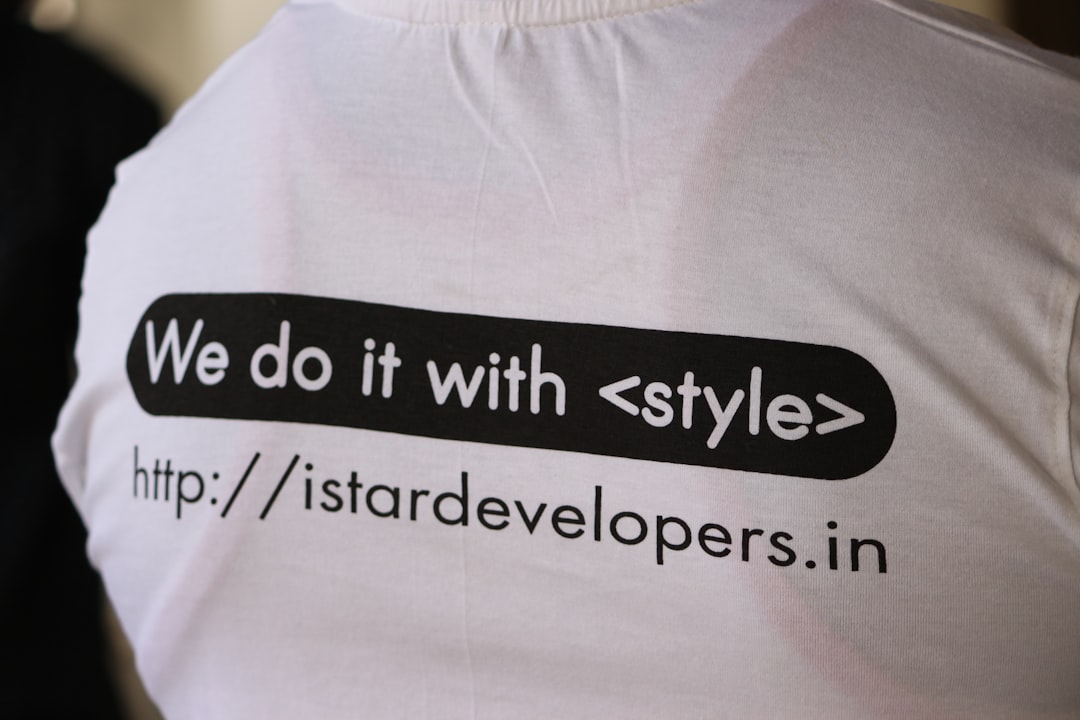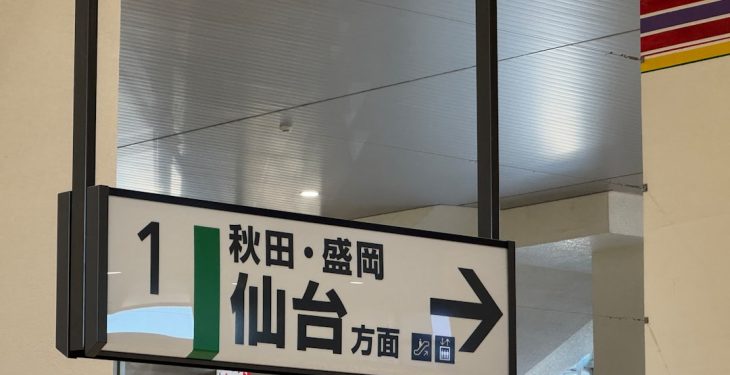So, you’ve built a great product. People love it. But now, it’s time to go global. Welcome to the world of localization! 🎉 This means adapting your product or content for different languages and regions. Sounds simple, right? Not quite. There are a few bumps along the road.
Let’s take a fun look at the top 5 common localization problems — and how you can dodge them like a pro.
1. Bad Translations
This one’s a classic. Imagine calling your product “ugly duck” just because Google Translate said so. Oops!
Why it happens:
- Using machine translation without review.
- Hiring non-native speakers.
How to avoid it: Use native, professional translators. Better yet, get someone from your target region to proofread. And always test your translations in context.

2. Ignoring Culture
Translation is more than just words. It’s about feelings, values, and local vibes. What’s funny in the U.S. might backfire in Japan.
Common mistakes:
- Using jokes or symbols that don’t translate well.
- Referring to holidays or customs only known in your country.
What to do: Localize the message, not just the language. Ask yourself, “Will this make sense here?” Otherwise, you risk sounding weird — or even disrespectful.
3. Messy Formatting
You’ve seen it. Text that goes off the screen. Buttons too small. Languages that read right-to-left now breaking your layout.
Languages aren’t all the same size. German and Finnish can be long. Chinese characters are compact. And Arabic? It flips everything!
Tips to fix this:
- Design with flexibility in mind.
- Use layout systems that adjust to text length and direction.
- Test every language version on your actual product.

4. Forgetting About Dates, Numbers, and Units
Quick question: Is 06/08/2024 June 8 or August 6?
It depends on where you are!
Different countries write dates and numbers in very different ways. That includes time, currency, and even decimal vs. comma use.
How to get it right:
- Use international date and time libraries.
- Let users set their preferences.
- Don’t hardcode these values into your app or site.
A small detail like this can make a HUGE difference in user trust.
5. Missing Context
Imagine trying to translate the word “draft” without knowing if it’s about sports, writing, or beer. Tough, right?
That’s the danger of missing context. Translators need to understand where and how text will be used.
How to help your translators:
- Provide screenshots or links to the interface.
- Add notes describing the tone or audience.
- Use a good localization platform that supports context preview.
More context = better translations = happier users. 🎯
What’s the Big Picture?
Localization isn’t just about language. It’s about people. Their habits, beliefs, and how they connect with your product.
Dodging these five problems can save you a lot of time, money, and awkwardness. Here’s a quick cheat sheet:
- Avoid literal translations
- Understand the local culture
- Design for flexibility
- Format your data for each region
- Give translators the full picture

Localization done right will make people everywhere feel like your product was made just for them. So go global — but go smart! 🌍
